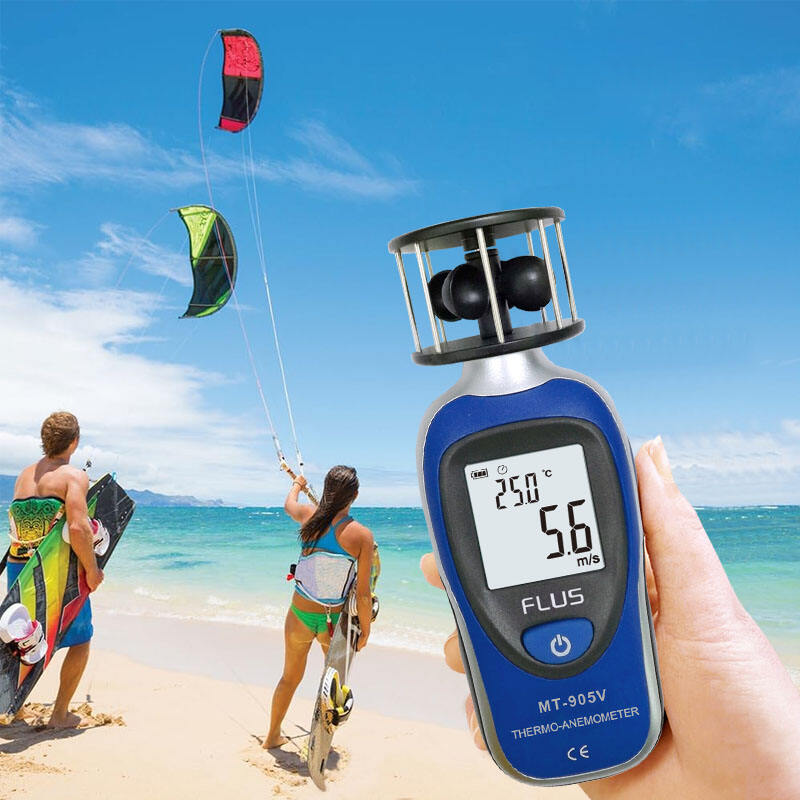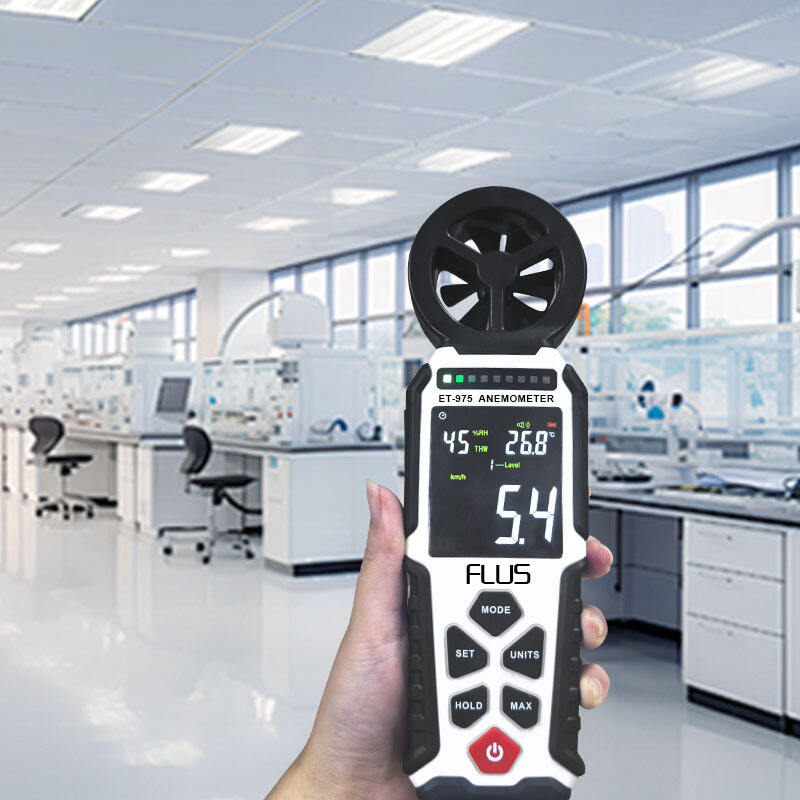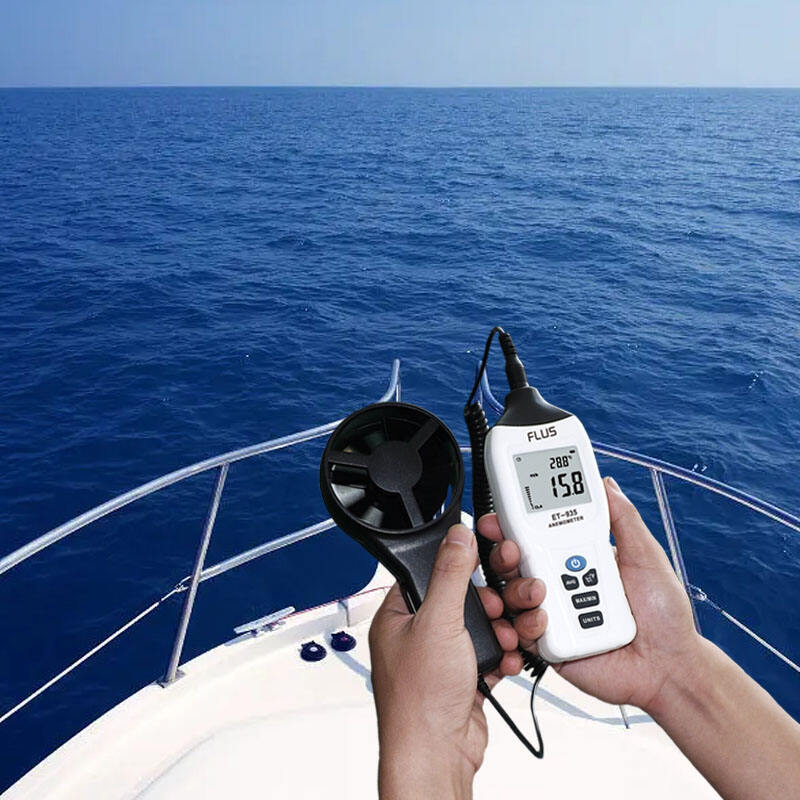
A weather anemometer is a specialized instrument designed to measure wind speed and direction as part of weather monitoring systems, providing critical data for meteorological forecasting, climate research, and outdoor activity planning, whether in professional weather stations or home weather setups. With over 14 years of experience in developing weather-related measurement devices, the company has engineered a weather anemometer that combines accuracy with durability, ensuring it can withstand the elements while delivering reliable data for both professional and amateur weather enthusiasts. This weather anemometer typically features a robust design with components such as cups (for wind speed) and a vane (for wind direction) mounted on a sturdy pole or bracket, allowing for unobstructed exposure to wind currents, and it uses precision sensors to convert wind movement into measurable data, often transmitting readings to a central weather station or display unit via wireless technology (such as Wi-Fi or radio frequency) for real-time monitoring. It is built to endure outdoor conditions year-round, with weather-resistant materials that resist corrosion, UV damage, and water ingress (often rated IP66 or higher), ensuring performance in rain, snow, high winds, and extreme temperatures. The weather anemometer provides wind speed readings in units commonly used in meteorology, such as m/s, km/h, mph, or knots, and its direction data is often displayed as compass points (N, NE, E, etc.) or degrees (0-360°), making it easy to interpret for weather analysis. For home users, it may integrate with other weather sensors (thermometer, hygrometer, barometer) to provide a comprehensive weather overview, while professional models may include data logging capabilities to store historical wind patterns for climate studies or forecasting models. All weather anemometers from the company undergo rigorous reliability tests and hold certifications such as BSCI, ISO, CE, ROHS, FCC, and FDA, ensuring they meet the standards required for accurate weather measurement, and their calibration is optimized for environmental conditions, guaranteeing consistent performance over time. Whether used by meteorologists tracking storm systems, farmers monitoring wind for crop management, or homeowners planning outdoor activities, this weather anemometer is an essential tool for understanding and predicting wind-related weather patterns, making it a cornerstone of any weather monitoring setup.

